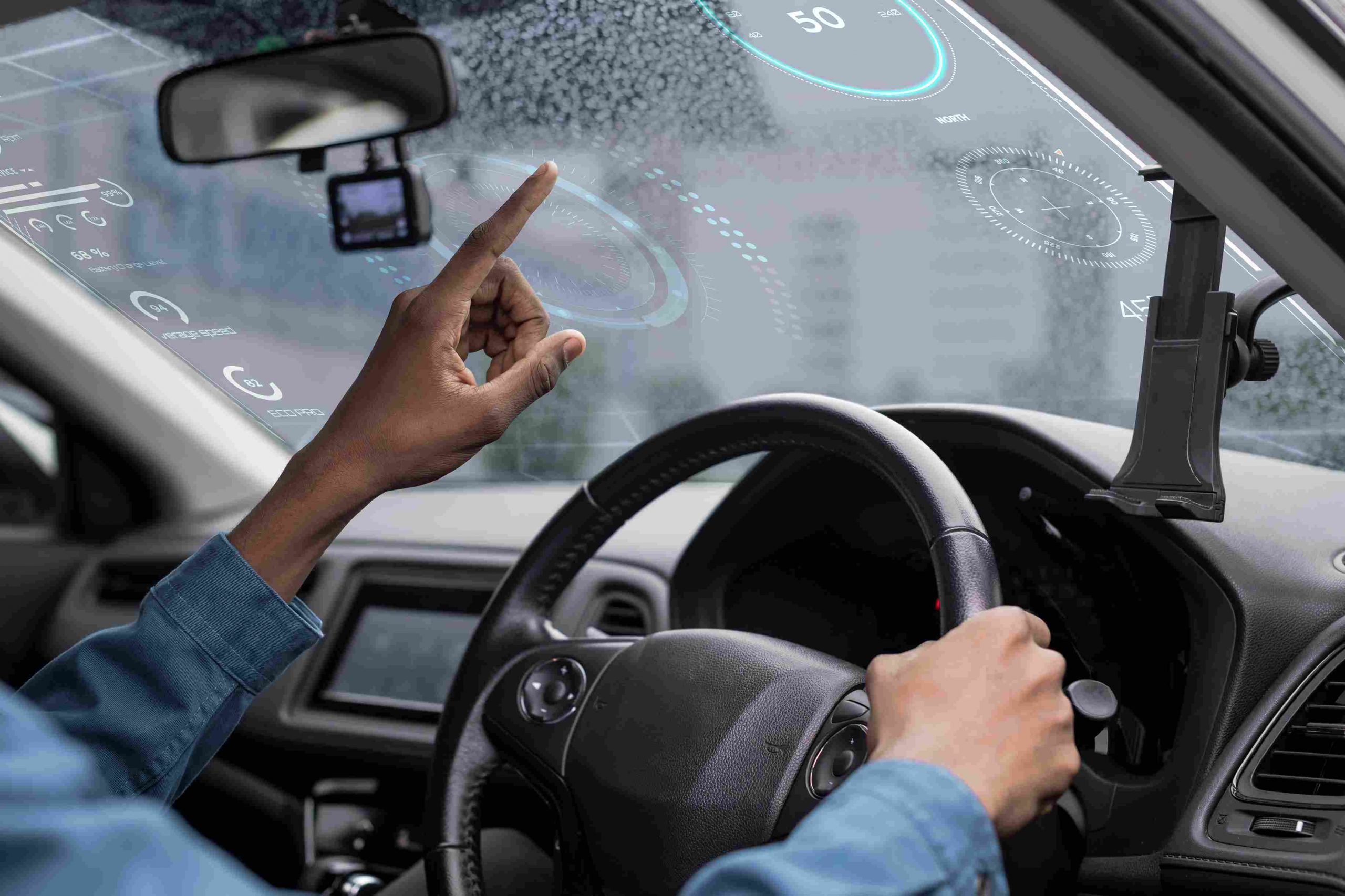What are “Levels” of automation?
So, what are levels of automation in self-driving vehicles? These definitions summarize the different stages of driver assistance that an automobile can offer. The Society of Automotive Engineers (SAE) has singled out six different levels that go from the initial degree of no automation to the final stage of full autonomy.
Level 0: No Automation
Note that this degree is also called “no tech” or “manual driving”. As the term implies, any driver’s assistance is absent here, and the driver has to fully control.
Level 1: Driver Assistance
During this phase, vehicles only perform elementary functions such as electronic stability control and adaptive cruise control, which handle the steering, the acceleration, and the braking.
Level 2: Partial Automation
At this degree, the car is capable of steering, accelerating and braking at the same time. Nonetheless, the driver is in charge of watching the road and maintaining the vehicle under control.
Level 3: Conditional Automation
When cars are at the level of conditional automation, they can drive themselves on highways in ideal driving conditions. Even if the vehicle is under control, the driver should always be alert to take control if necessary.
Level 4: High Automation
Mostly at this level of automation, the car itself is capable of driving under most of the conditions without the need for the driver’s help. In any case, a little help from the driver may be essential.
Level 5: Full Automation
Autonomous vehicles at this level are completely independent of human drivers. They do not require assistance and can drive themselves in any traffic.
How “Levels” or let’s say degree of Automation will change the cost of Insurance
Self-driving cars with different degrees of autonomy will drastically decrease or increase the insurance costs. It is such that the new technology, together with the increase in numbers of autonomous cars, is going to result in fewer accidents that are mainly caused by human error. Thus, this remains one good reason for policyholders with driverless cars to benefit from lower premiums, which in turn will be caused by the reduced likelihood of a car getting into an accident.
Clearly, the more self-driven a car becomes the more insurance will no longer be in a position to ask familiar premiums. It will still take some time to, besides the trust gained, garner the necessary experience and produce evidence that will show how the theory has become a reality first. However, in the instance of reaching full automation, the idea of traditional car insurance will not be of much use as the possibility of manufacturers and service providers taking up the financial responsibility of their autonomous vehicles/services will be quite high.
In summary, auto insurance rates will be affected by the fact that the technology used in driverless cars will be the order of the day in the future. People who own fully automated vehicles are likely to be exempted from compulsory insurance, while those who have cars at lower levels of automation are likely not to pay more when there is a decrease in the risk of accidents.
Insurance Rates will change according to the Safety of self driving vehicles
Insurance companies will be focusing on the safe factor in self-driven cars as their popularity increases. The vehicle has to be at the same level of safety for the insurers to find it cost-effective compared to the cars driven by human beings. In the worst-case scenario, should the cars fail to be safe, the insurance premiums would be raised to such levels that all the possible future losses are well taken care of.
In the quest for safety, companies responsible for the manufacture of automated cars are integrating complex sensors as well as AI systems. The primary aim of these technologies is to guard in case of hazard from unexpected attacks on the streets.
I mean, what man would ever like the machines to tell him what to do if the sensor of a self-driving car becomes wobbly? Some character may stubbornly insist on the right to the wheel of his car even though the change in direction and speed can accelerate and stop better than him.
Those measures are for the security of everyone in the car, the pedestrians on the road, and the passengers at the bus stop. Consequently, the implementation of these regulations will lead to lower insurance fees for cars of this category.
Who will provide insurance for automated vehicles?
It is in some ways still unclear who the insurers of self-driving cars are going to be, although a first answer unit is almost certain. As the technological advancements continue and come into full effect, the nature and tasks of the insurance industry will change significantly. People who are quick to adopt the new technology may gear up against expected risks but still have a shot at greater potential rewards.
Few people anticipate that the authors of this article will become the characters in the insurance sector, although this will present a direct conflict of interest. Another point may be that manufacturing companies themselves could get into the car insurance business if one was to take the profit-making initiative and cost-saving measure seriously.
Auto Insurance for the Autonomous Vehicle persons will have to pay a lower premium probably in the coming days.
Automated Vehicle Insurance Auto Insurance
Self-driving cars could through their advanced safety features and response capabilities become the primary force to reduce the number of traffic accidents each year significantly. As a result, the development of the technology and the increase of the self-driving car’s safety factors are the likely causes for the insurance rates to decrease. Also, the role of the traditional insurer will be under transformation through adaptability to automated vehicles.
In the end, both vehicle safety and public acceptance will determine the cost of insuring the self-driving car. Therefore, the regulations and standards must be applied in a strict manner to ensure the safety of not only drivers but also passengers and pedestrians.
In any event, autonomous cars are on the way thus, the insurance industry ought not to be caught off guard.







